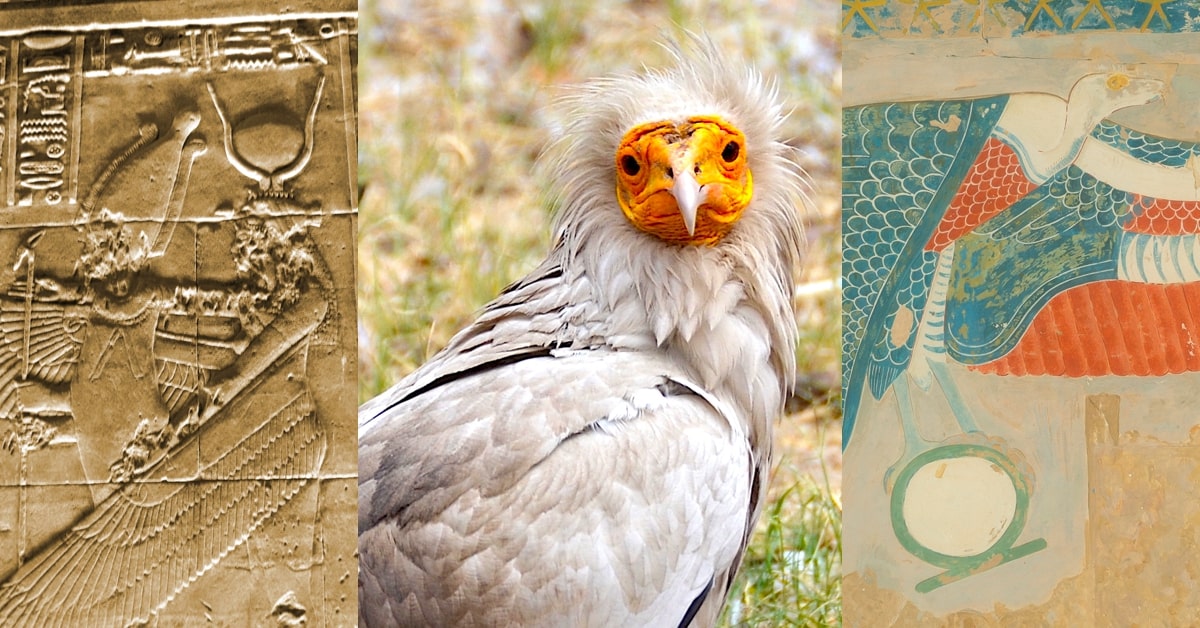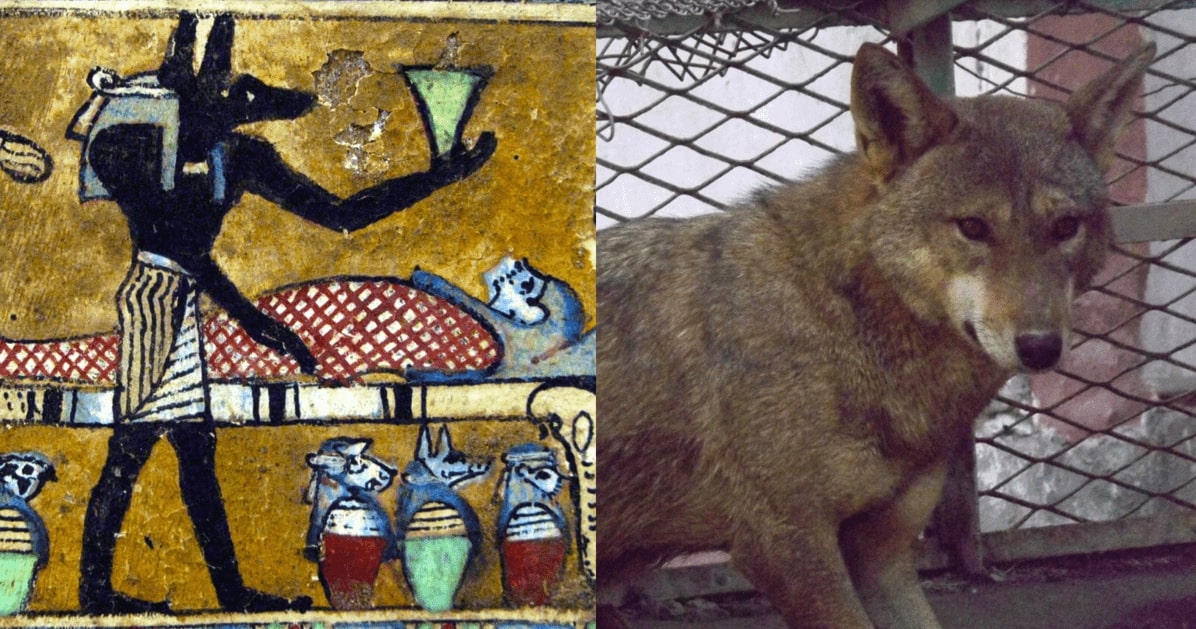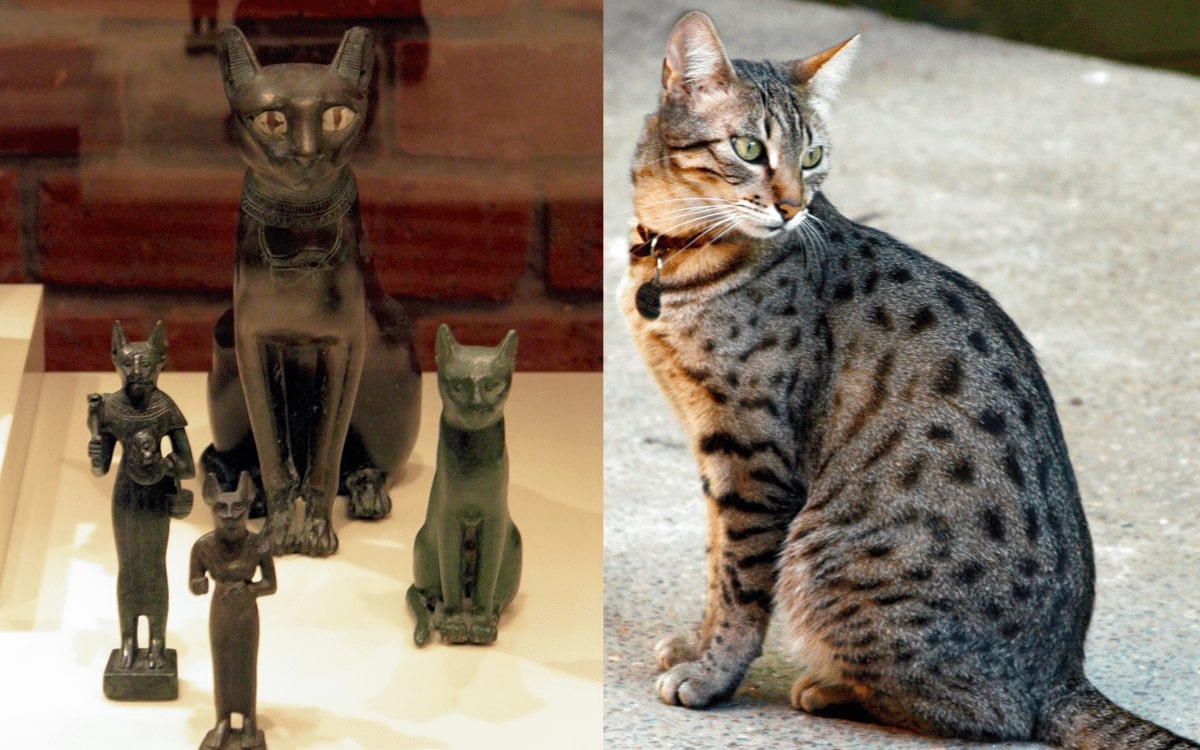The ancient Egyptian gods and goddesses are as fascinating as they are difficult to keep track of, especially when animals are involved. Many myths feature both sacred and evil creatures in their tales — but it goes even further than that.
Egyptian deities, in particular, are known for their connections to animals, most of which were native to Egypt and are still found in the country today. Unfortunately, a few of these species have become endangered.
Among the causes for endangerment of the once-sacred animals are poisoning, the pet trade, excessive hunting, and various human threats. With the rise of urbanization and agricultural encroachment, humans are clearing the way for themselves at the expense of native species whose natural habitats are under threat of destruction.
To see any species face severe population decline for any of these reasons is tragic — so take this opportunity to learn more about the threats these animals face, while also learning about their relevance to Egypt’s ancient civilization.
Isis, Nekhbet, and the Egyptian Vulture

Rather than the scavengers they are often perceived as now, vultures were viewed as symbols of power and insight in ancient Egypt.
Isis, the queen of the gods, claimed the vulture as her sacred animal. From there, vultures went on to become deified in the form of the goddess, Nekhbet, who served as the patron of Upper Egypt and the protector of its kings.
In ancient Egypt, killing a vulture was an offense punishable by death. Today, however, their numbers are falling due to lead poisoning, electrocution by power lines, collisions with wind turbines, and habitat changes. Populations have decreased by 91 percent over three generations in Africa, with only an estimated 12,400 to 36,000 remaining globally.
Luckily, many initiatives have been put into action to try and preserve the dwindling vulture population. The Egyptian Vulture New LIFE project has set out to eliminate man made threats to the animals across their flight paths, in hopes of reducing the number of deaths every migration. This effort is vital, as death rates increase during times of migration and about 50 percent of the deaths are human-induced.
Egyptian Tortoises, the Allies of Set

During the Graeco-Roman period, turtles were used as a powerful symbol of protection and magic, and were prominently featured on the magic wands of priests and priestesses. From the time of the Middle Kingdom, however, they were also associated with Set, the god of war, chaos, and storms.
As the myth goes, the sun god Ra travels through the underworld every night to be reborn as the sun in the sky the next day. During his travels, however, many enemies of Ra try to topple his legendary solar barque — and tortoises are among them.
Unfortunately, the tortoises’ barque-toppling days are behind them, as they now face the threat of extinction due to their collection for the pet trade and habitat destruction. Agricultural expansion, overgrazing, and urban encroachment have all chipped away at the tortoises’ natural habitat. Only 11,000 remain in the wild.
One of the organizations working to protect them is TortoiseCare, which aims to establish breeding programs, network with other conservation programs, and combat the illegal trade of the endangered species.
The God of Funerals’ Egyptian Jackals

Egyptian jackals, recently reclassified as Egyptian wolves, were once the symbol of death. There were many jackal-headed deities in Egyptian mythology, and all served the role of protectors and guides of the dead.
However, Anubis remains the best known of these deities, as the official god of funerary practices and the care of the dead, symbolized by the jackal. He was also credited with the invention of embalming, which he first performed on Osiris after Set chopped him into several pieces.
Sadly, Egyptian jackals have gone from the symbols of death to facing the threat of it on a daily basis. The species is primarily endangered because of excessive hunting, as their food source centers around farmers’ livestock.
Still, local efforts are being made to save these animals, especially by retrieving them from illegal deals and returning them to their natural habitats. Egyptian Jackals can be found all over Egypt, including in Siwa, Wadi Al-Rayan in Fayoum, Wadi Allaqi, and even Sinai.
The Egyptian Mau Cats of Bastet

From the internet to ancient times, cats have enjoyed human admiration for millennia — and no admiration was clearer than the worship of Bastet, the Egyptian goddess of cats.
Bastet’s divine energy was believed to exist in every cat, earning them the respect of demigods among the ancient Egyptians. And, just as the cats protected people from disease by getting rid of pests, Bastet would protect Ra by fighting his greatest enemy, Apophis, as he rode his solar barque.
Interestingly enough, the breed of cats present in ancient times are still around today, and are known as the Egyptian Mau. Tragically, these cats have gone from worship to near extinction, as they are regularly poisoned along with other local strays, are subject to interbreeding, and are susceptible to various feline diseases.
However, Egyptian Maus are being saved and rehomed by NGOs like the Egyptian Mau Rescue Organization (EMRO). Such organizations work to preserve populations and raise awareness about Maus to remind Egyptians of their historical significance.
Subscribe to the Egyptian Streets’ weekly newsletter! Catch up on the latest news, arts & culture headlines, exclusive features and more stories that matter, delivered straight to your inbox by clicking here.






Comments (2)
[…] From Sacred to Scorned: Four of Egypt’s Endangered Animals Beyond History’s Pages: Egypt’s Identity Unraveled […]
[…] Source link […]